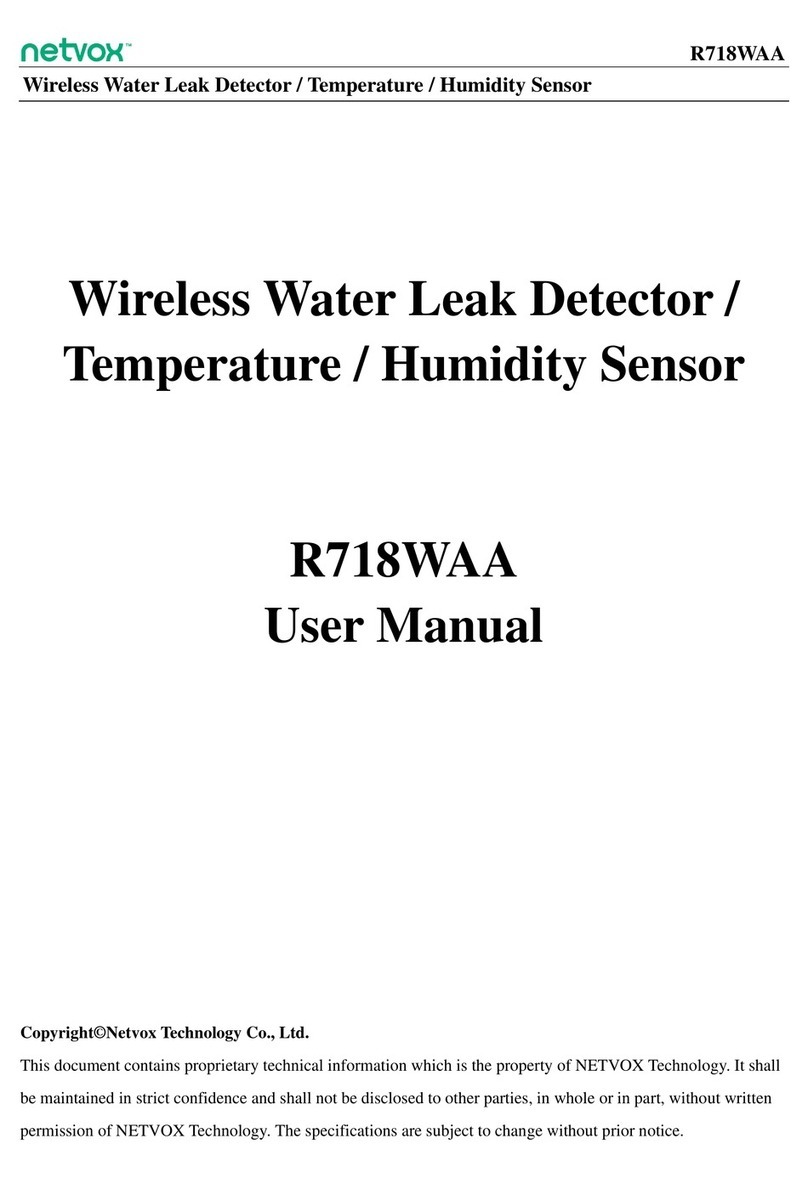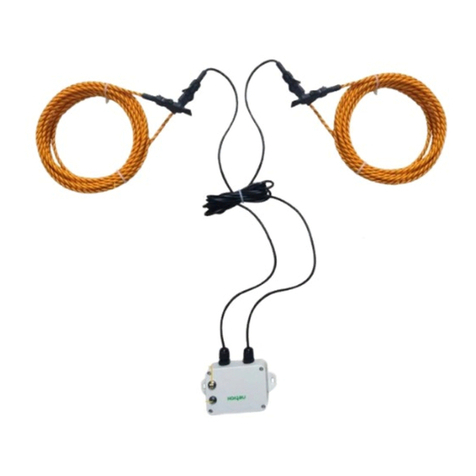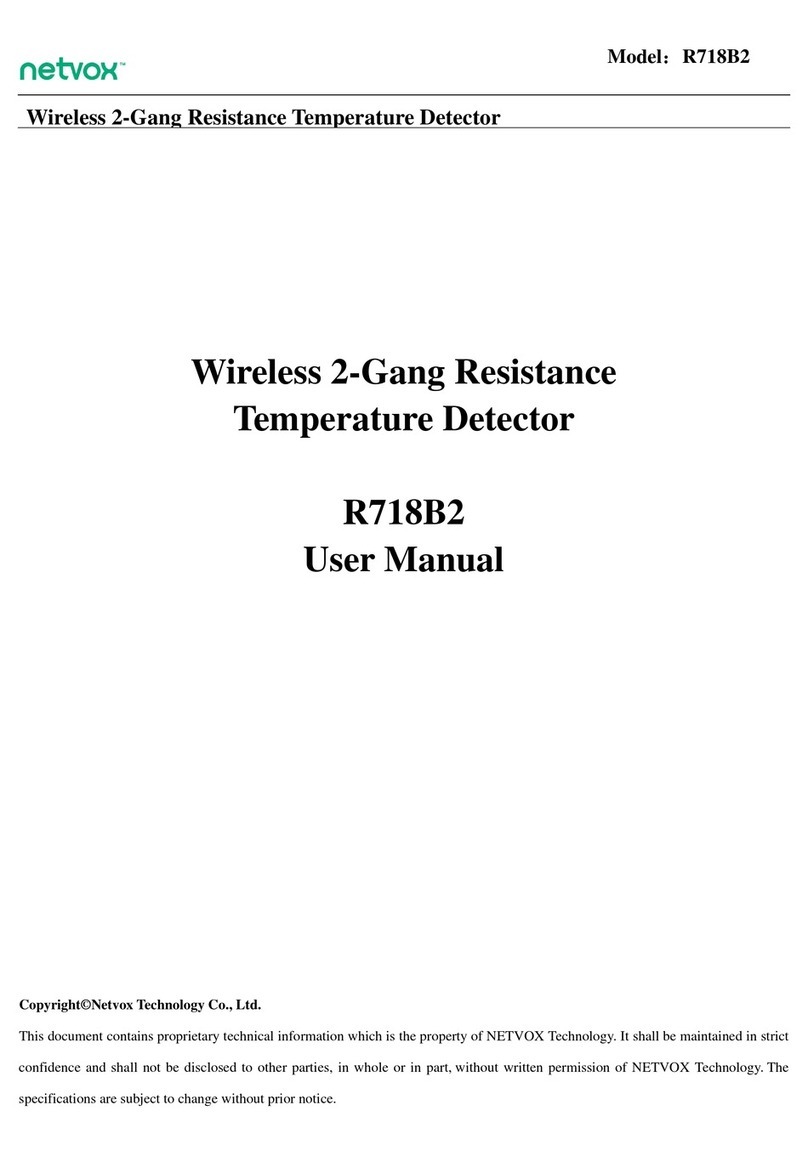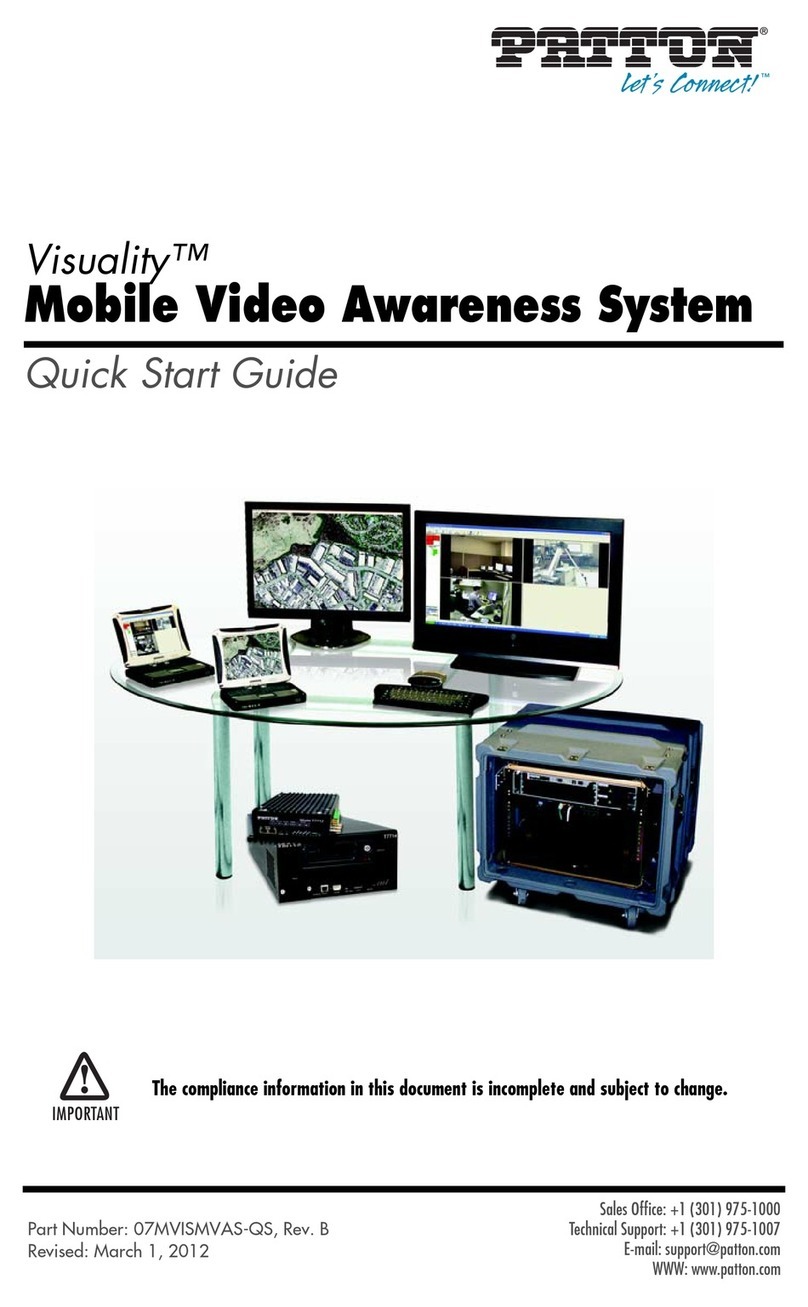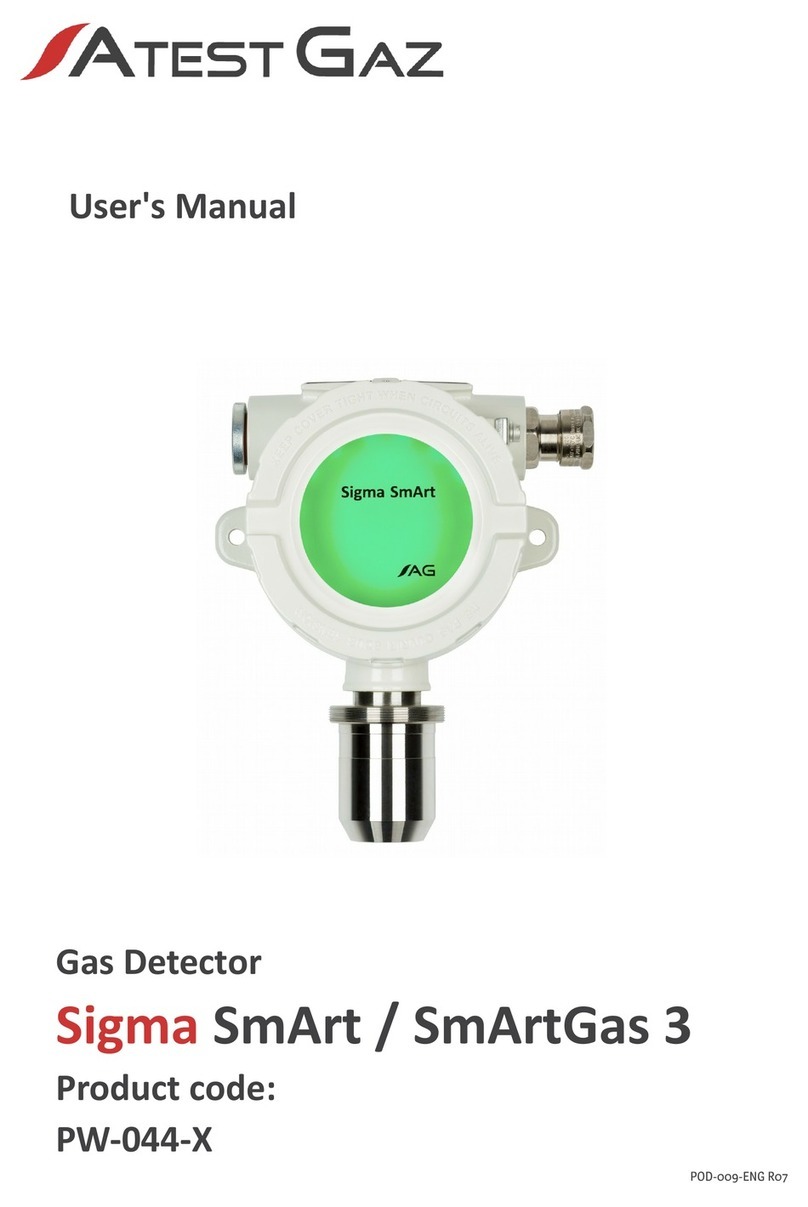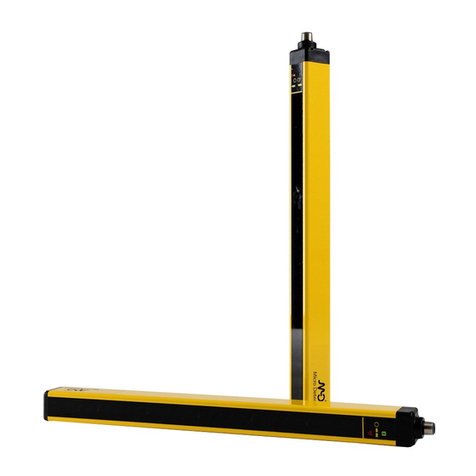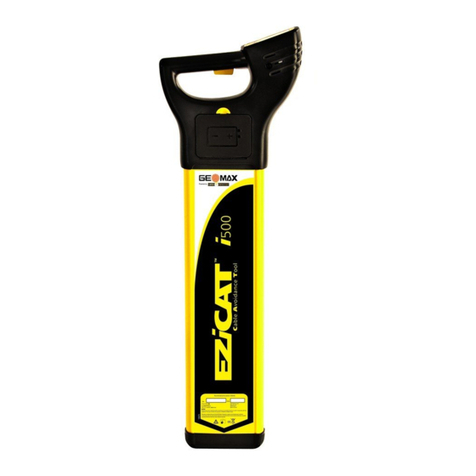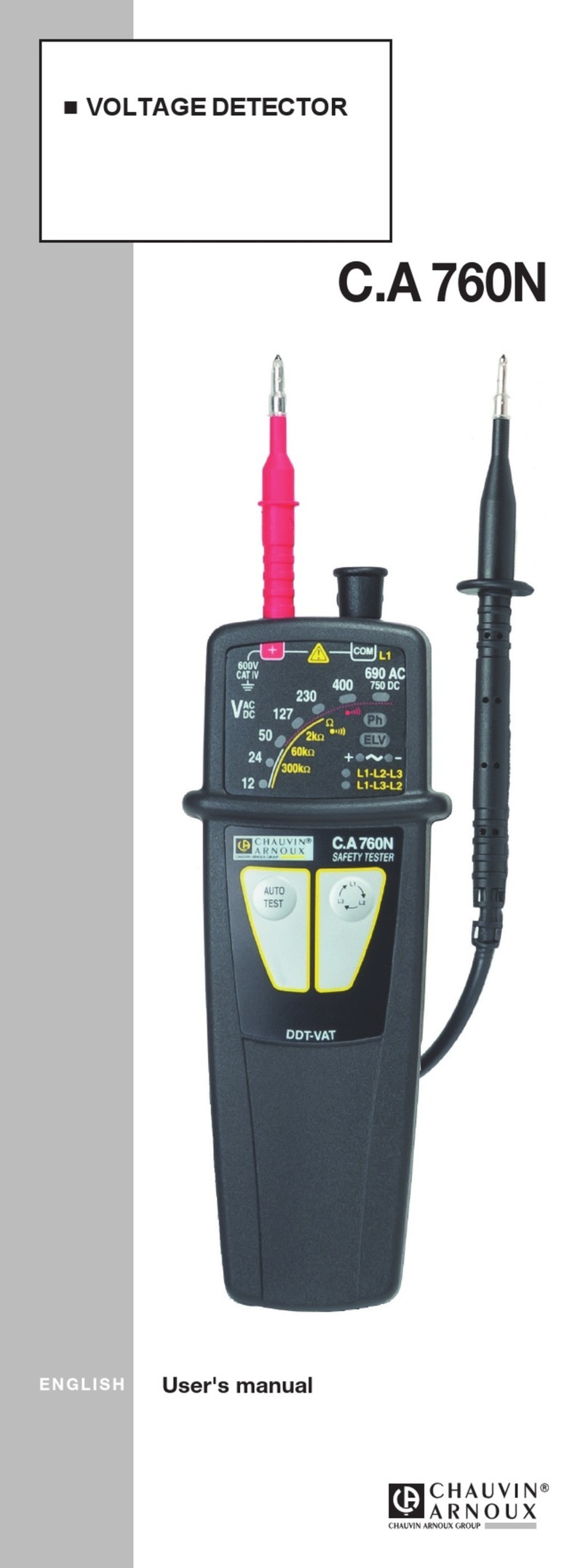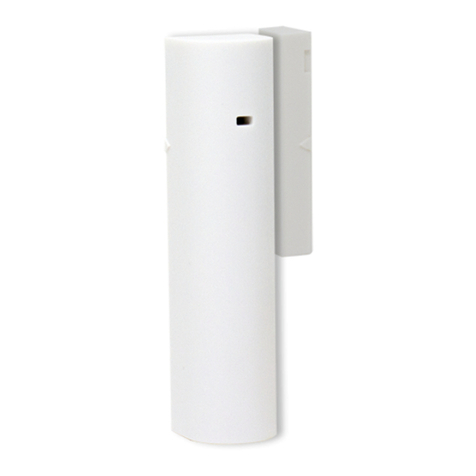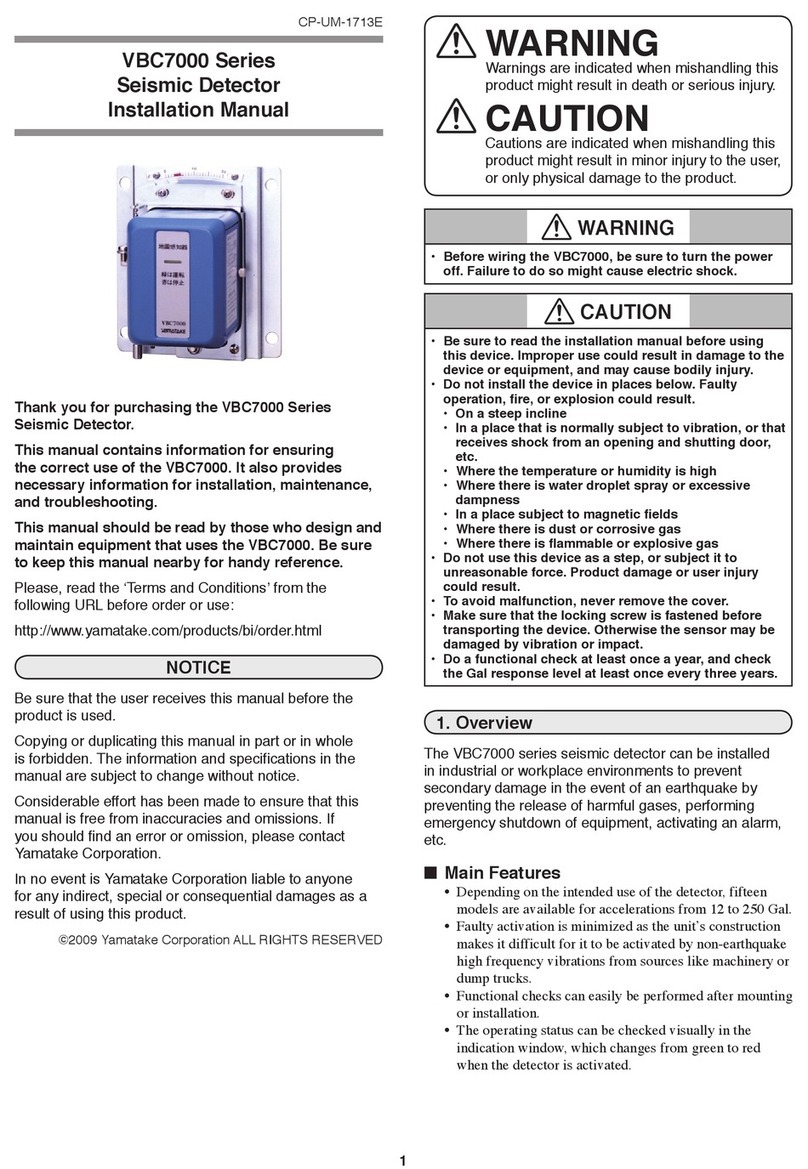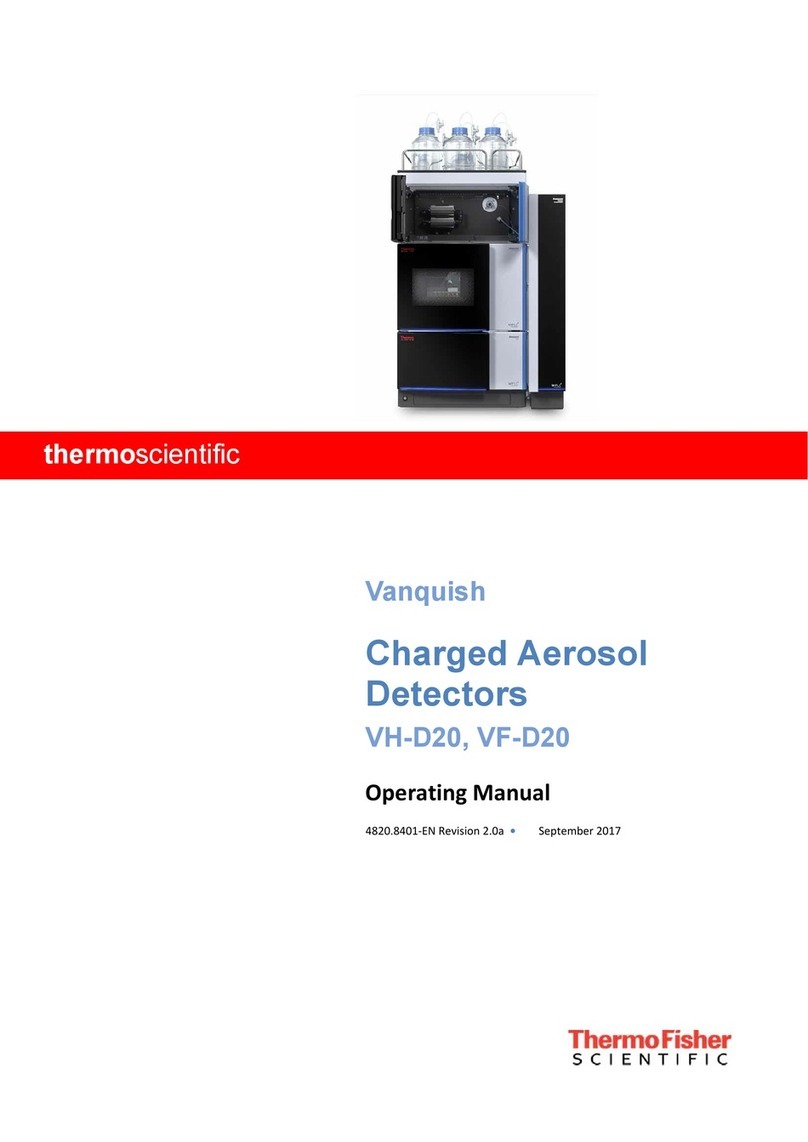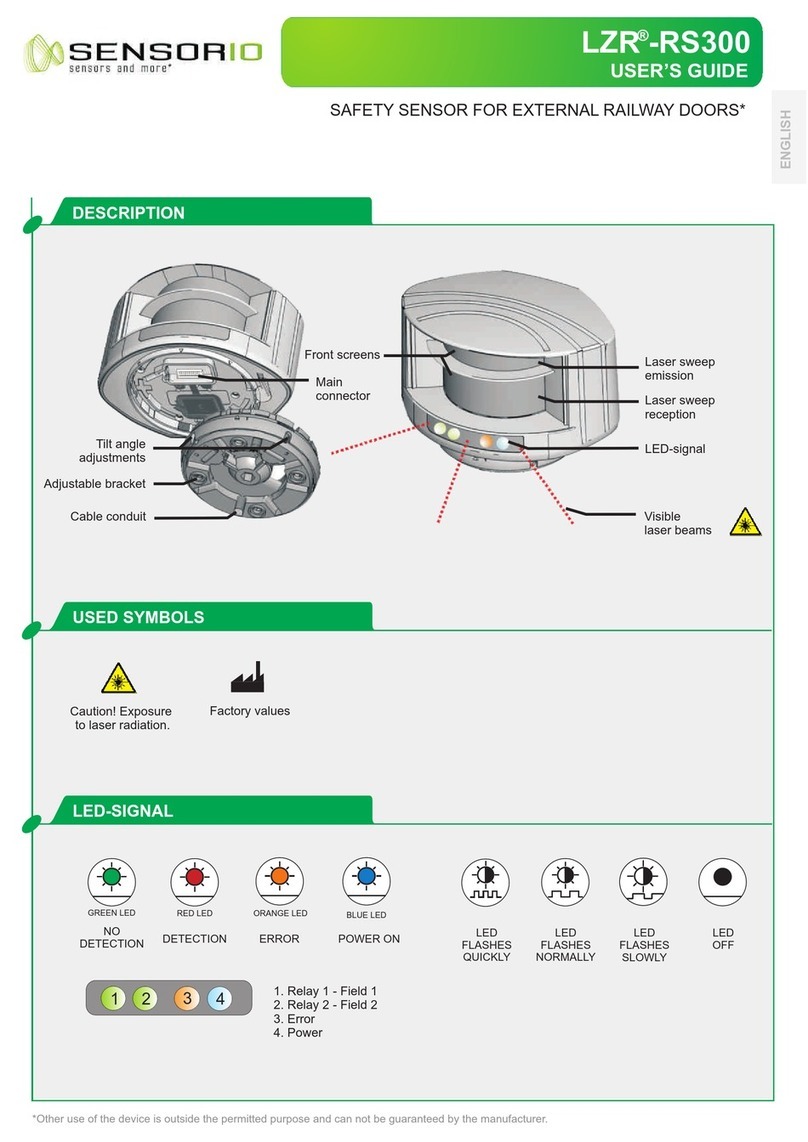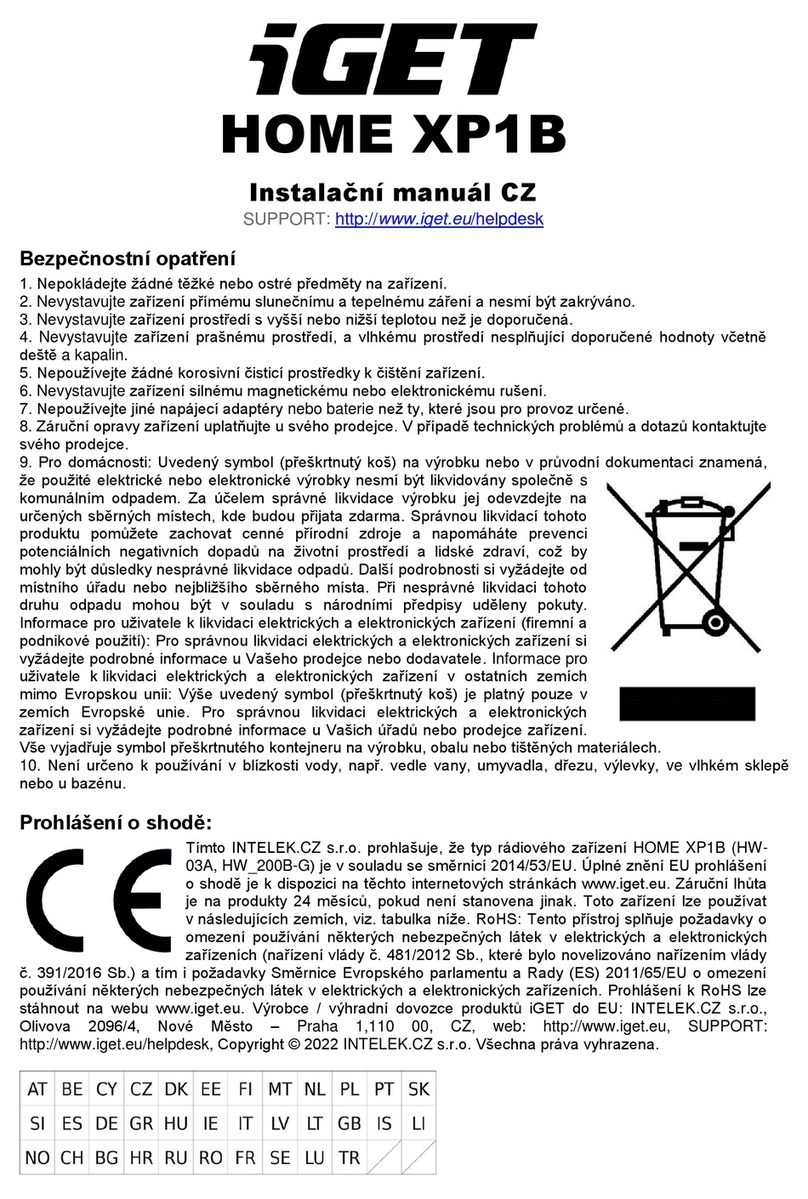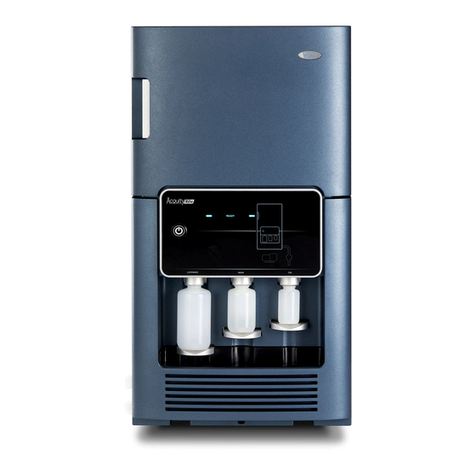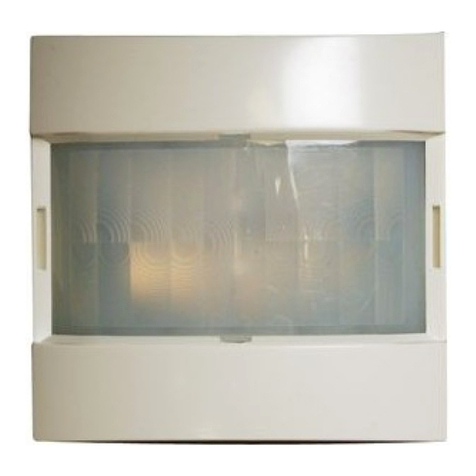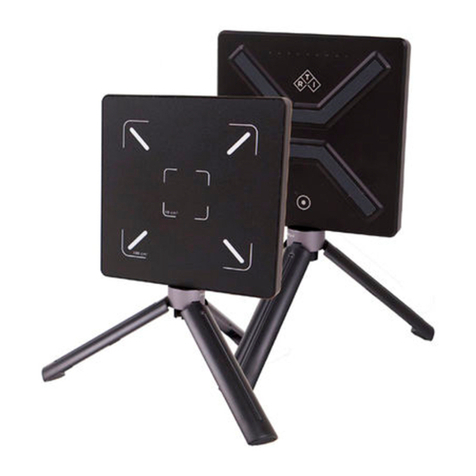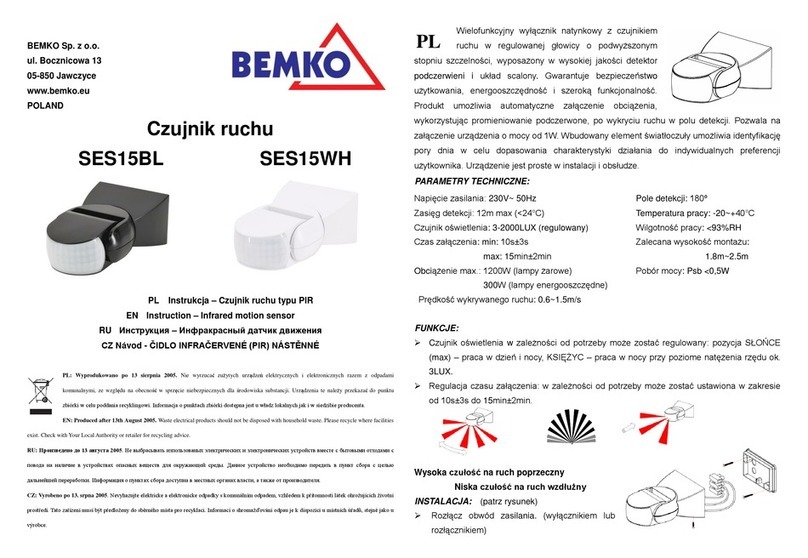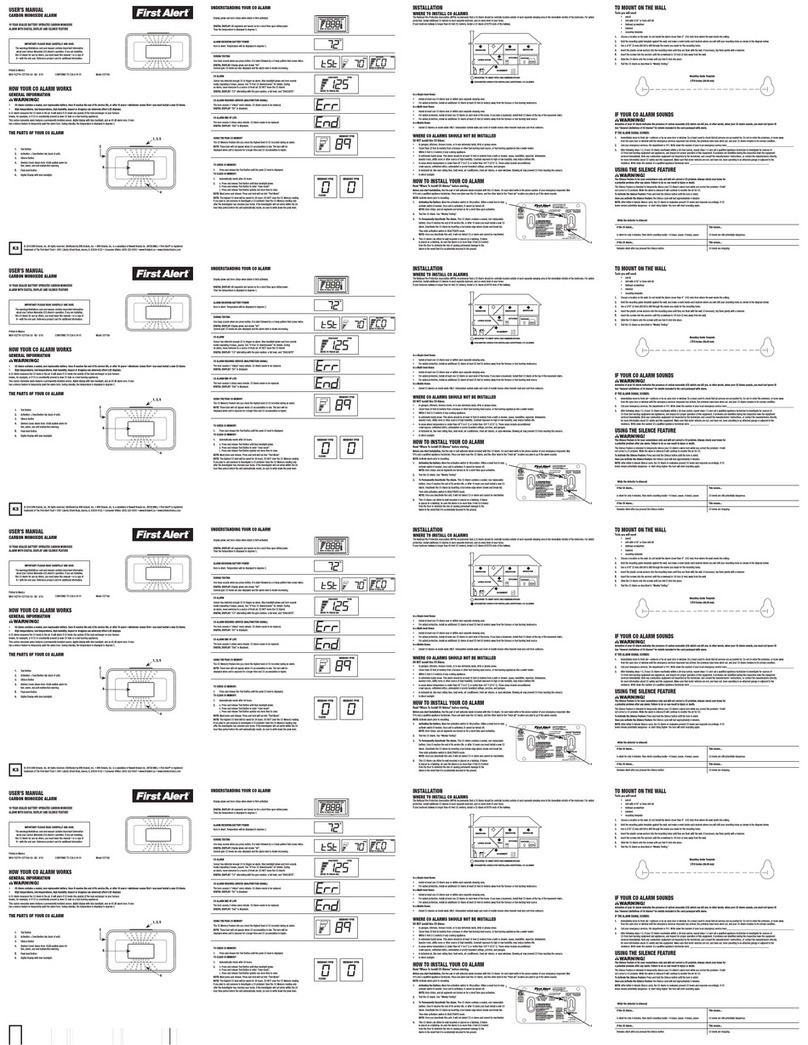netvox R311CB User manual

Model:R311CB
Wireless Window Sensor with Glass Break Detector
Wireless Window Sensor
with Glass Break Detector
R311CB
User Manual
Copyright©Netvox Technology Co., Ltd.
This document contains proprietary technical information which is the property of NETVOX Technology. It shall be maintained
in strict confidence and shall not be disclosed to other parties, in whole or in part, without written permission of NETVOX
Technology. The specifications are subject to change without prior notice.

1
Table of Content
1. Introduction.................................................................................................................2
2. Appearance .................................................................................................................3
3. Main Features .............................................................................................................3
4.Set up Instruction.........................................................................................................4
5. Data Report.................................................................................................................5
5.1 Example of ConfigureCmd.................................................................................6
6. Installation ..................................................................................................................9
7. Important Maintenance Instruction ..........................................................................10

2
1. Introduction
R311CB is a switch detection device which is the ClassAdevice of Netvox based on LoRaWANTM protocol.
It is compatible with the LoRaWAN protocol. When the doors and windows are abnormally opened or the glass of the doors and
windows are broken, R311CB will send a message to the gateway.
It can be installed on the door or window with two glass sliding sashes. The reed switch and the magnet of the main body are
respectively installed on both sides of the window sashes. The external reed switch and the magnet can be installed on both sides
of another window sashes, and the glass sensor can be pasted on the glass.
When the window or door is opened, R311CB will send an alarm message to the gateway. When the door or window is closed, it
will send a message that the state is normal. When the glass is broken, R311CB will send an alarm message to the gateway, and
then the data which is sent after breakage is based on the current state. If it is open, the data is an alarm state. If it is closed, the data
is a normal state.
LoRa Wireless Technology:
LoRa is a wireless communication technology dedicated to long distance and low power consumption. Compared with other
communication methods, LoRa spread spectrum modulation method greatly increases to expand the communication distance.
Widely used in long-distance, low-data wireless communications. For example, automatic meter reading, building automation
equipment, wireless security systems and industrial monitoring. Main features include small size, low power consumption,
transmission distance, anti-interference ability and so on.
LoRaWAN:
LoRaWAN uses LoRa technology to define end-to-end standard specifications to ensure interoperability between devices and
gateways from different manufacturers.

3
2. Appearance
3. Main Features
2 x 3V CR2450 button batteries
Compatible with LoRaWAN
Adopt SX1276 wireless communication module
Glass break and reed switch detection
Frequency hopping spread spectrum technology
Configuring parameters and reading datavia thethird-party software platforms, and set alarms viaSMS text and email (optional)
Applicable to the third-party platforms:Actility/ ThingPark/ TTN/ MyDevices/ Cayenne
Note: Battery life is determined by sensor reporting frequency and other variables.
Please refer to web: http://www.netvox.com.tw/electric/electric_calc.html
In this website, users can find battery lifetime for various models at different configurations.
Function Key
External Reed Switch
External Magnet
Main Body Magnet
Glass Break Sensor Interface
Function Key
External Reed Switch Interface
Indicator

4
4.Set up Instruction
On/Off
Power on Insert batteries. (users may need a flat blade screwdriver to open);
Insert two sections of 3V CR2450 button batteries and close the battery cover.)
Turn on Press any function key till green and red indicator flashes once.
Turn off
(Restore to original setting)
Press simultaneously and hold two function keys for 5 seconds, and then the green indicator will
flash continuously. After release function keys, the green indicator flashes 20 times and the device
will turn off automatically.
Power off Remove Batteries
Note:
1. Remove and insert the battery; the device memorizes previous on/off state by default.
2. On/off interval is suggested to be about 10 seconds to avoid the interference of capacitor
inductance and other energy storage components.
3. Press any function key and insert batteries at the same time; it will enter engineer testing mode.
Network Joining
Never join the network
Turn on the device to search the network to join.
The green indicator stays on for 5 seconds: success
The green indicator remains off: fail
Had joined the network
(Not in the original setting)
Turn on the device to search the previous network to join.
The green indicator stays on for 5 seconds: success
The green indicator remains off: fail
Fail to join the network Suggest checking device verification on gateway or consulting your platform server provider if the
device fails to join the network.
Function Key
Press and hold for 5 seconds
Restore to the original setting / Turn off
The green indicator flashes 20 times: success
The green indicator remains off: fail
Press once The device is in the network: the green indicator flashes once and sends a report
The device is not in the network: the green indicator remains off
Sleeping Mode
The device is turn on and join
in the network
Sleeping period: Min Interval.
When the reportchange exceeds the default or the state of the device changes: send a data report
according to Min Interval.

5
Low Voltage Warning
Low Voltage 2.4V
5. Data Report
After power on, the device will immediately send a version packet report and a data report including reed switch status, glass
break status and voltage.
The device sends data according to the default configuration before any other configuring.
Default setting:
Report MaxTime: 1H (3600s)
Report MinTime: 1H (3600s)
BatteryVoltageChange:0x01 (0.1V)
Triggering the reed switch:
When the reed switch detects the state changing, the report will be sent immediately.
The report (status1): Open: on; Close: off
* The main body and the external sensor share an I/O status1;
therefore, when either the main body or the external sensor is in the open state, the report status will be 1.
The report status will be 0 only when both the main body and the external sensor are closed.
Triggering the glass sensor:
When the glass breakage detector is triggered, the status2 is on.
Note:
1. The cycle of the device sending the data report is according to the default.
2. The interval between two reports must be the MinTime.
The device reported data parsing please refer to Netvox LoraWAN Application Command document and Netvox Lora
Command Resolver http://loraresolver.netvoxcloud.com:8888/page/index
Data report configuration and sending period are as following:
Min Interval
(Unit: second)
Max Interval
(Unit: second) Reportable Change Current Change ≥
Reportable Change
Current Change <
Reportable Change
Any number between
1~65535
Any number between
1~65535 Can not be 0 Report per Min Interval Report per Max Interval

6
5.1 Example of ConfigureCmd
FPort:0x07
Bytes 1 1 Var(Fix =9 Bytes)
CmdID DeviceType NetvoxPayLoadData
CmdID– 1 byte
DeviceType– 1 byte – Device Type of Device
NetvoxPayLoadData– var bytes (Max=9bytes)
(1)Configure R311CB device parameter MinTime = 1min, MaxTime = 1min, BatteryChange = 0.1v
Downlink:0156003C003C0100000000
Device return:
8156000000000000000000 (configuration success)
8156010000000000000000 (configuration failure)
(2)Read R311CB device parameter
Downlink:0256000000000000000000
Device return:
8256003C003C0100000000 (device current parameter)
Description Device Cmd
ID
Device
Type NetvoxPayLoadData
Config
ReportReq
R311CB
0x01
0x56
MinTime
(2bytes Unit:s)
MaxTime
(2bytes Unit:s)
BatteryChange
(1byte Unit:0.1v)
Reserved
(4Bytes, Fixed 0x00)
Config
ReportRsp 0x81 Status
(0x00_success)
Reserved
(8Bytes, Fixed 0x00)
ReadConfig
ReportReq 0x02 Reserved
(9Bytes, Fixed 0x00)
ReadConfig
ReportRsp 0x82 MinTime
(2bytes Unit:s)
MaxTime
(2bytes Unit:s)
BatteryChange
(1byte Unit:0.1v)
Reserved
(4Bytes, Fixed 0x00)
Description Device Cmd
ID
Device
Type NetvoxPayLoadData
SetLastMessage
ResendtimeReq
ALL
(0xFF)
only used in
contactswitch
0x1F 0xFF
Resendtime
(1Byte, Unit:1s, range:3-254s),
when 0 or 255 no resend,
default is no resend
Reserved (8Bytes, Fixed 0x00)

7
(3)Configure the device to resend data within 5s after sending the packet
Downlink:1FFF050000000000000000
Device return:
9FFF000000000000000000 (configuration success)
9FFF010000000000000000 (configuration failure)
(4)Read R311CB device parameter
Downlink:1EFF000000000000000000
Device return:
9EFF050000000000000000 (device current parameter)
Example#1 based on MinTime = 1 Hour, MaxTime= 1 Hour, Reportable Change i.e. BatteryVoltageChange=0.1V
MaxTime MaxTime
Sleeping(MinTime) Sleeping(MinTime)
Note: MaxTime=MinTime. Data will only be report according to MaxTime (MinTime) duration regardless BtteryVoltageChange
value.
Example#2 based on MinTime = 15 Minutes, MaxTime= 1 Hour, Reportable Change i.e. BatteryVoltageChange= 0.1V.
MaxTime
Sleeping(MinTime) sleeping sleeping sleeping
0H 15th M 30th M 45th M 1H 2H
SetLastMessage
ResendtimeRsp
devicetype 0x9F Status (0x00_success) Reserved (8Bytes,Fixed 0x00)
GetLastMessage
ResendtimeReq 0x1E Reserved (9Bytes, Fixed 0x00)
GetLastMessage
ResendtimeRsp 0x9E
Resendtime
(1Byte, Unit:1s, range:3-254s),
when 0 or 255 no resend,
default is no resend
Reserved (8Bytes,Fixed 0x00)
Wake up and collects data
REPORTS 2.8V
Wakes up and collects data
REPORTS 2.8V
Wakes up and collects data
REPORTS 2.8V
Wakes up and
collects data
2.8V
Does not report
Wakes up and
collects data
2.8V
Does not report
Wakes up and
collects data
REPORT 2.8V
Wakes up and
collects data
2.8V
Does not report
Wakes up and
collects data
REPORT 2.8V

8
Example#3 based on MinTime = 15 Minutes, MaxTime= 1 Hour, Reportable Change i.e. BatteryVoltageChange= 0.1V.
MaxTime
sleeping sleeping
0H 15th M 30th M 45th M 1H 1H 10th M 1H 25th M
Notes:
(1) The device only wakes up and performs data sampling according to MinTime Interval. When it is sleeping, it does not
collect data.
(2) The collected data is compared with the last reported data. If the variation of the data is greater than the value of
ReportableChange, the device will report according to MinTime interval. If the data variation is not greater than the last
reported data, the device will report according to MaxTime interval.
(3) We do not recommend setting the MinTime Interval value too low. If the MinTime Interval is too low, the device will wake
up frequently and the battery will be drained soon.
(4) When the device sends a report, no matter the data changes, button is pushed or MaxTime interval comes, another cycle of
MinTime / MaxTime calculation starts.
Wakes up and collects
data
2.7V |2.7-2.8|=0.1
REPORTS 2.7V Wakes up and
collects data 2.7V
Does not report
Users push the button,
REPORTS 2.7V.
Recalculate MaxTime.
Wakes up and
collects data
2.8V
Does not report
Wakes up and
collects data
REPORT 2.8V
Wakes up and
collects data
2.7V
Does not report
Wakes up and
collects data
2.7V
Does not report
Wakes up and
collects data
2.7V
Does not report
Wakes up and
collects data
2.7V
Does not report
Wakes up and
collects data
REPORT 2.7V

9
6. Installation
1. Remove the 3M release paper on the back of the device and
attach the device to the smooth wall (please do not stick it to
the rough wall to avoid falling off after a longtime usage).
Note:
The distance between the magnet and the reed switch must
be less than 2cm.
Wipe the wall surface before installation to avoid dust on
the wall surface that affect the effect of the paste.
Do not install the device in a metal shielded box or other
electrical equipment around it to avoid affecting the
wireless transmission of the device.
The sensor (R311CB) can be applied to the following scenes:
Office building
School
Shopping mall
Villa
The occasions with glass windows or glass doors.
2. If R311CB with the glass sensor detects that the window is
opened (the magnet is separated from the main body) or
closed (the magnet and the main body are closed), the data
will be sent immediately.
3. If the glass breaking vibration triggers the glass sensor, the
data will be sent immediately.
4.If it detects the battery voltage exceeding the variation value
at MinTime, the data will be sent immediately.
5.Even if the window status does not change or the no broken
glass is detected, the data will be sent regularly according to
the Max Time.
Note:
when either the main body or the external sensor is in the
open state, the report status1 will be 1.
The report status1 will be 0 only when both the main body
and the external sensor are closed.
When the glass break detector is triggered,
the report status2 will be 1.
R311CB
Magnet
Main Body
Glass Sensor
Installation Diagram

10
7. Important Maintenance Instruction
The device is a product with superior design and craftsmanship and should be used with care.
The following suggestions will help you use the warranty service effectively.
• Keep the equipment dry. Rain, moisture and various liquids or water may contain minerals that can corrode electronic
circuits. In case the device is wet, please dry it completely.
• Do not use or store in dusty or dirty areas. This way can damage its detachable parts and electronic components.
• Do not store in excessive heat place. High temperatures can shorten the life of electronic devices, destroy batteries, and
deform or melt some plastic parts.
• Do not store in excessive cold place. Otherwise, when the temperature rises to normal temperature, moisture will form
inside which will destroy the board.
• Do not throw, knock, or shake the device. Treating equipment roughly can destroy internal circuit boards and delicate
structures.
• Do not wash with strong chemicals, detergents, or strong detergents.
• Do not paint the device. Smudges can make debris block detachable parts up and affect normal operation.
• Do not throw the battery into the fire to prevent the battery from exploding. Damaged batteries may also explode.
All the above suggestions apply equally to your device, batteries, and accessories.
If any device is not operating properly.
Please take it to the nearest authorized service facility for repairing.
Other manuals for R311CB
1
Table of contents
Other netvox Security Sensor manuals

netvox
netvox R313WA User manual
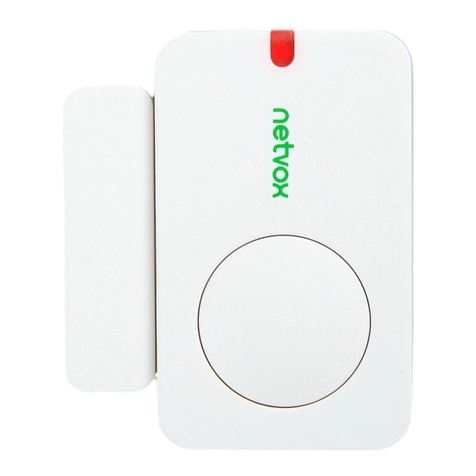
netvox
netvox R311A User manual
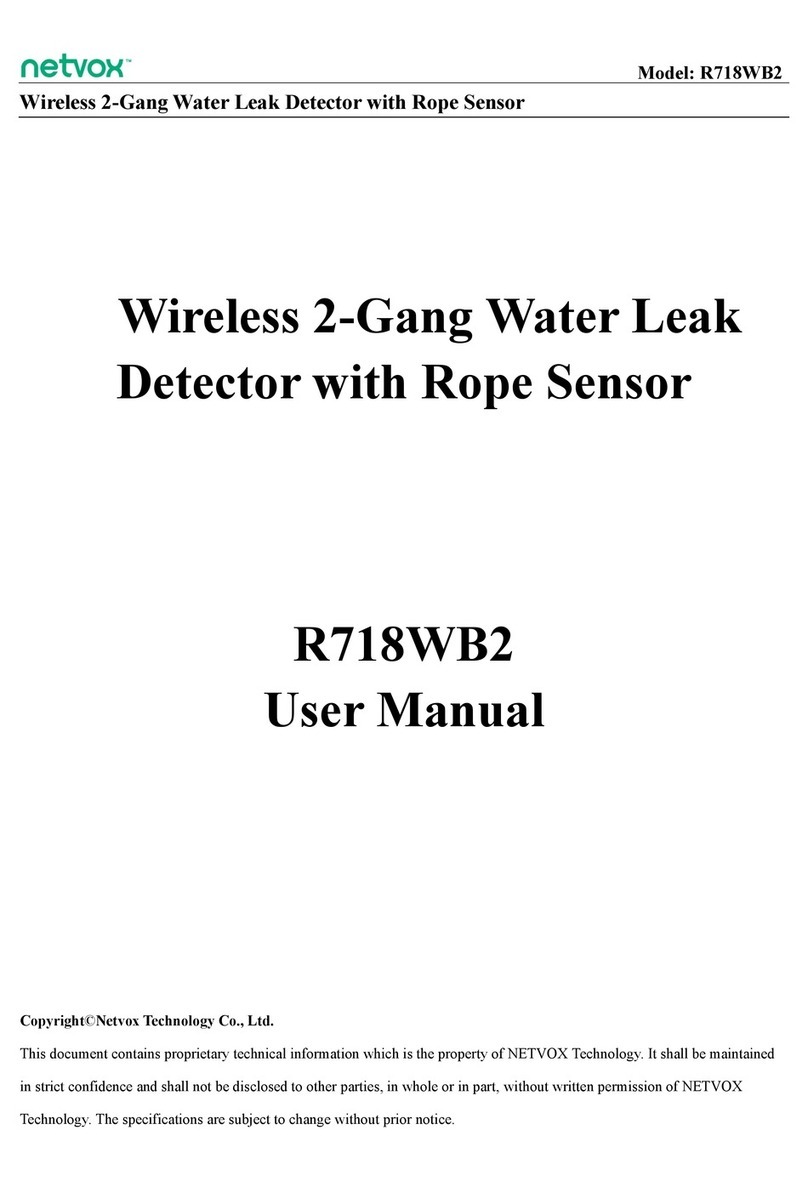
netvox
netvox R718WB2 User manual
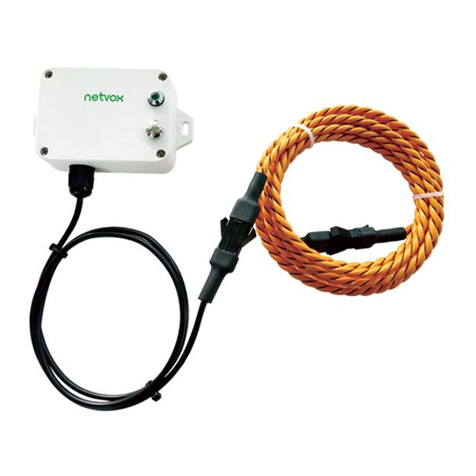
netvox
netvox R718WB User manual
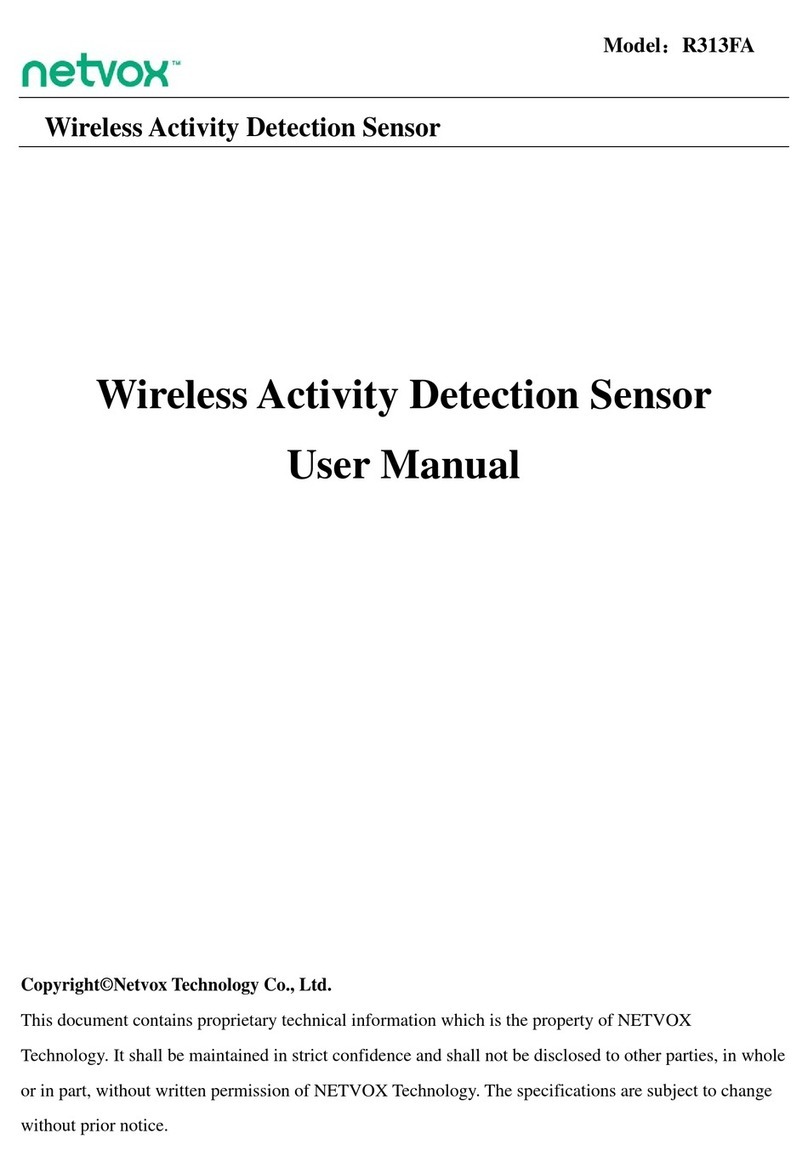
netvox
netvox R313FA User manual
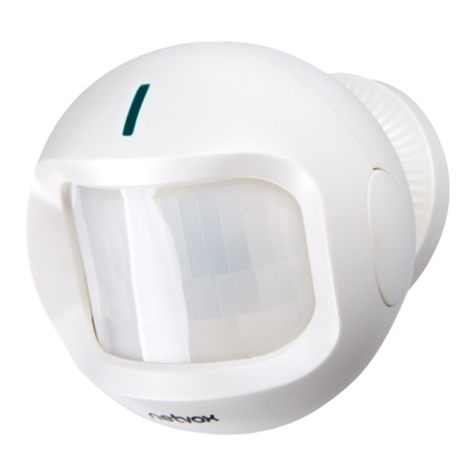
netvox
netvox ZB11C User manual
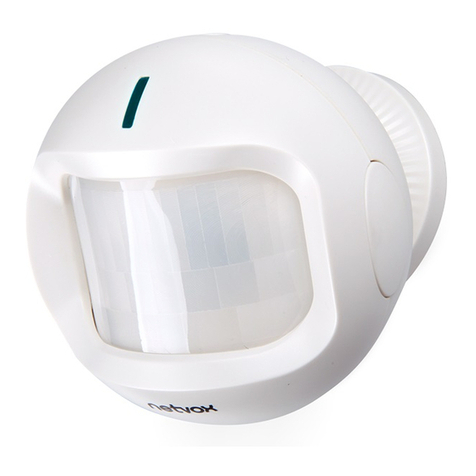
netvox
netvox ZB11D User manual
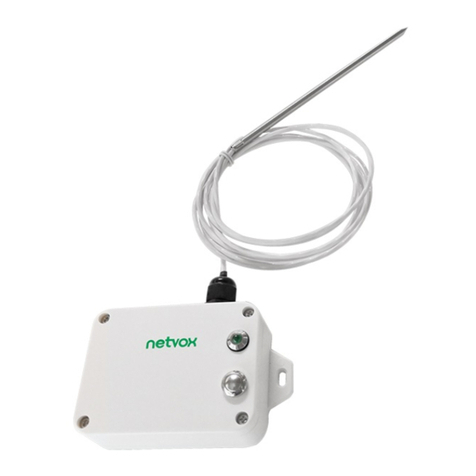
netvox
netvox R718B User manual
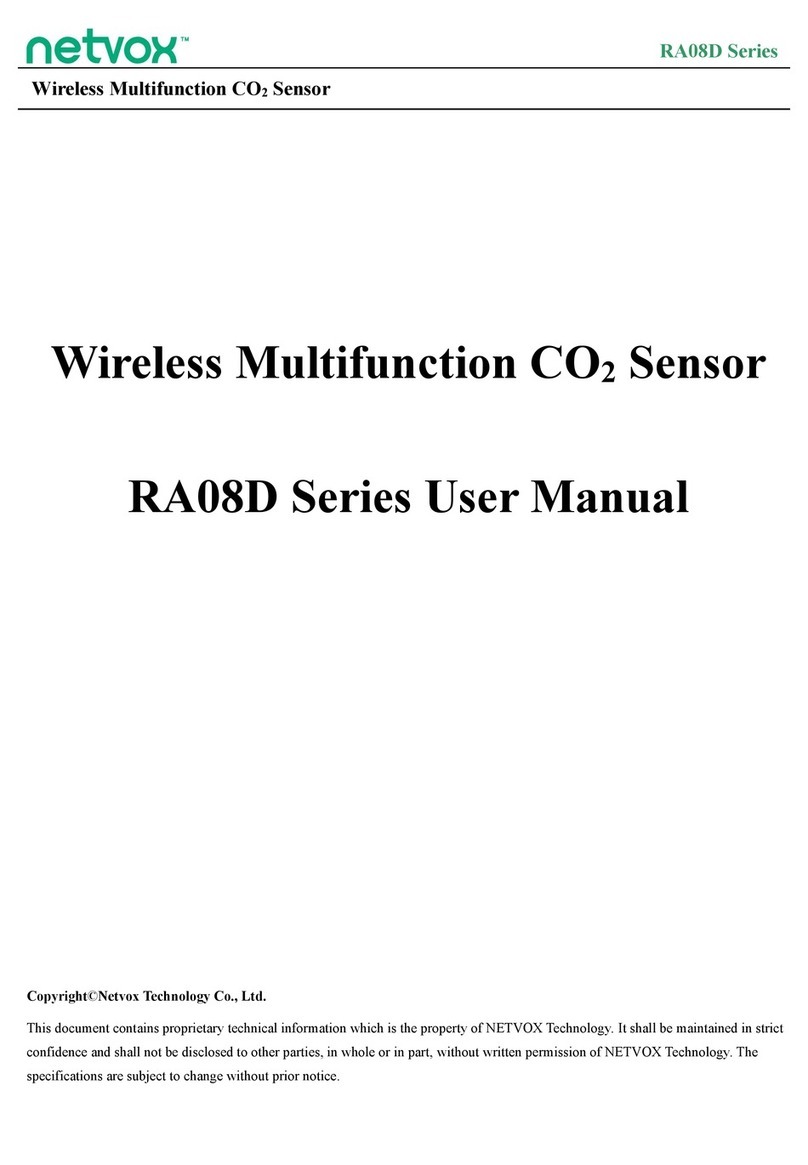
netvox
netvox RA08D Series User manual
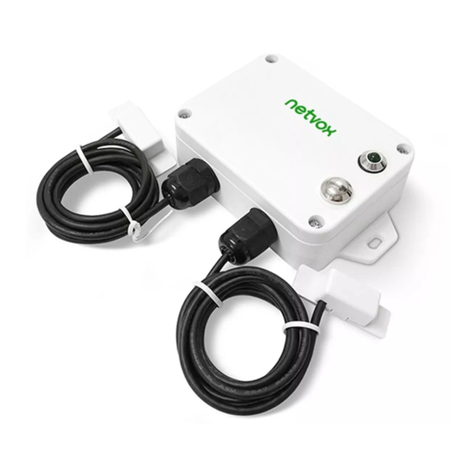
netvox
netvox R718WA2 User manual
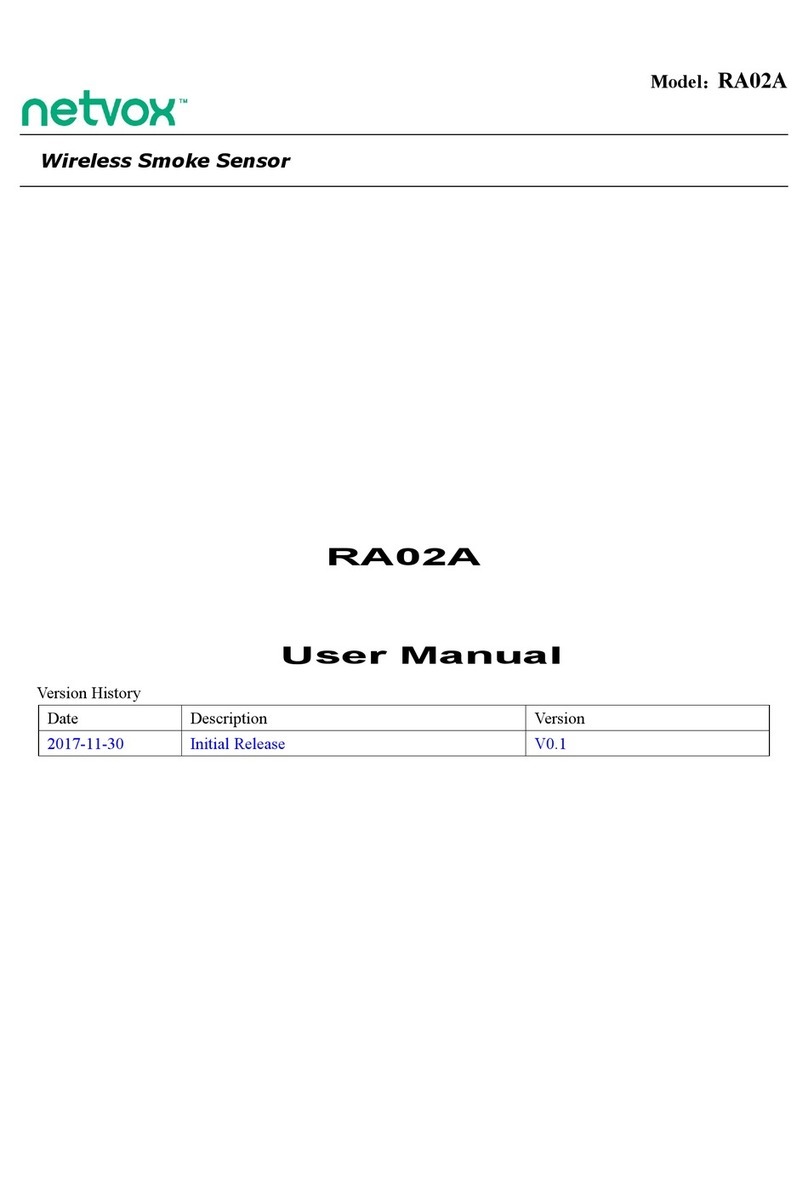
netvox
netvox RA02A User manual
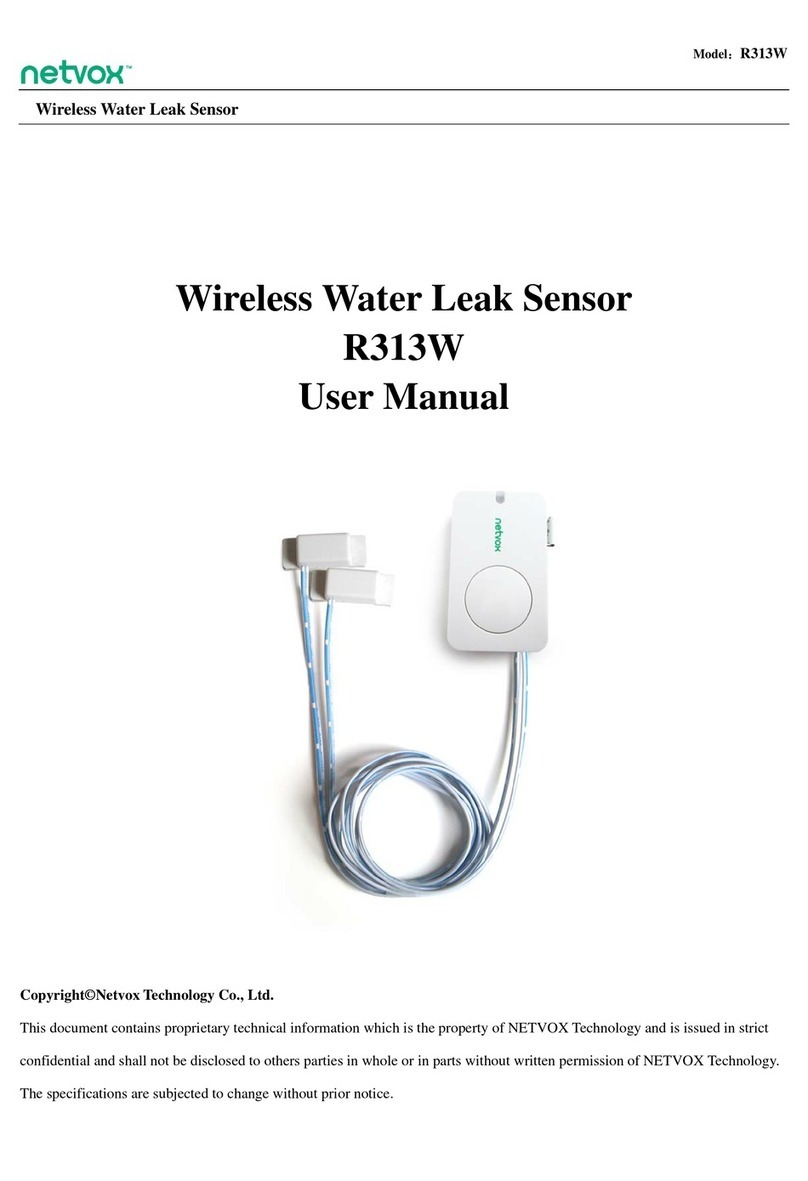
netvox
netvox R313W User manual
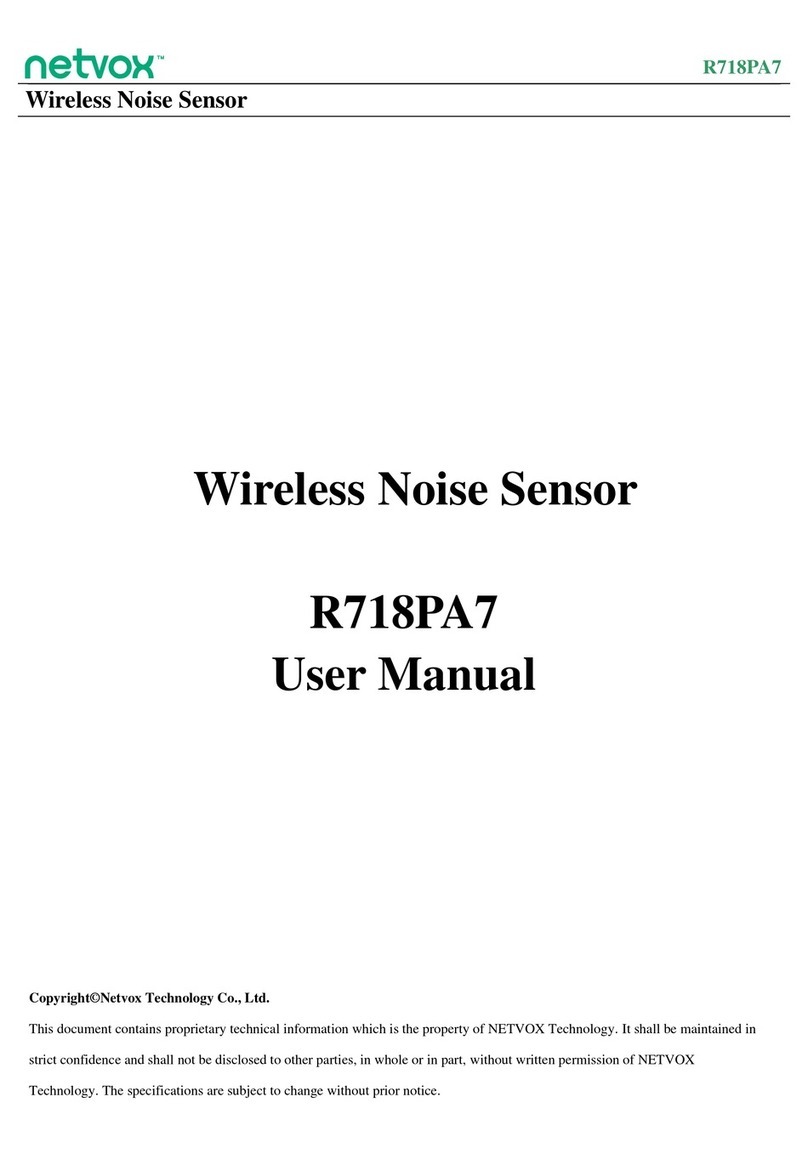
netvox
netvox R718PA7 User manual

netvox
netvox R718WB User manual

netvox
netvox R719A User manual
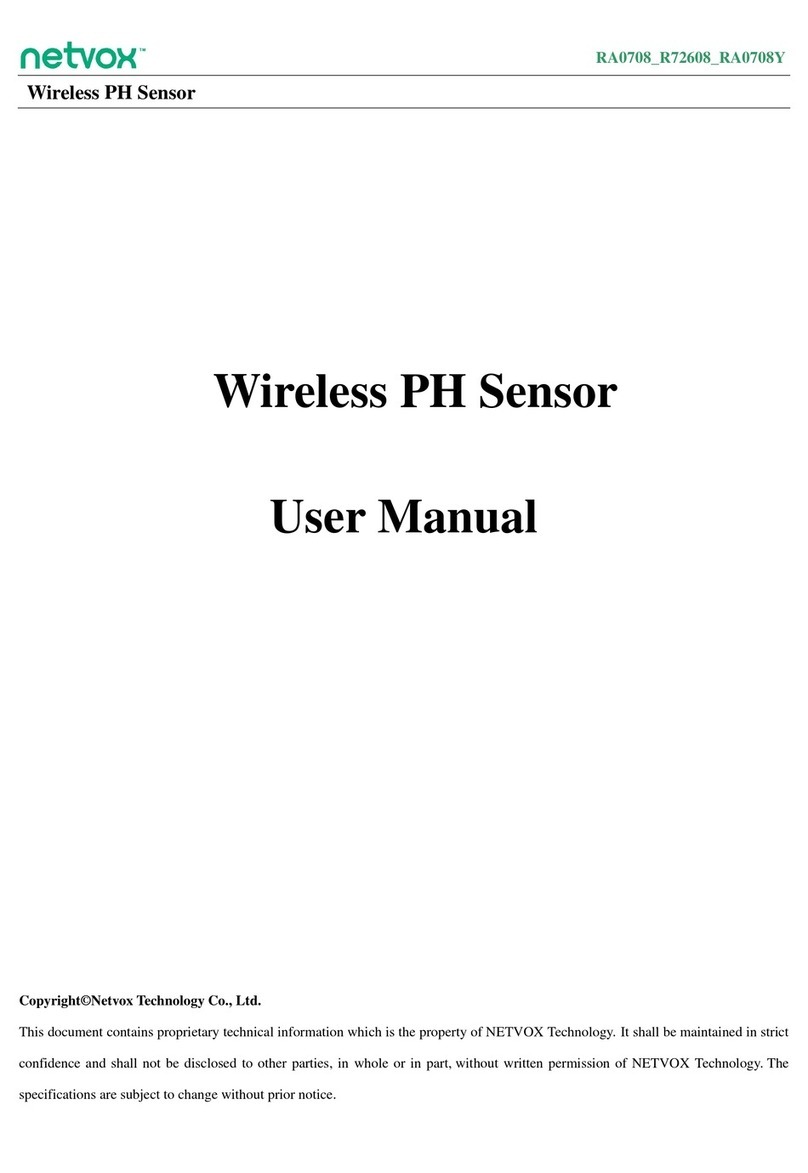
netvox
netvox RA0708 User manual
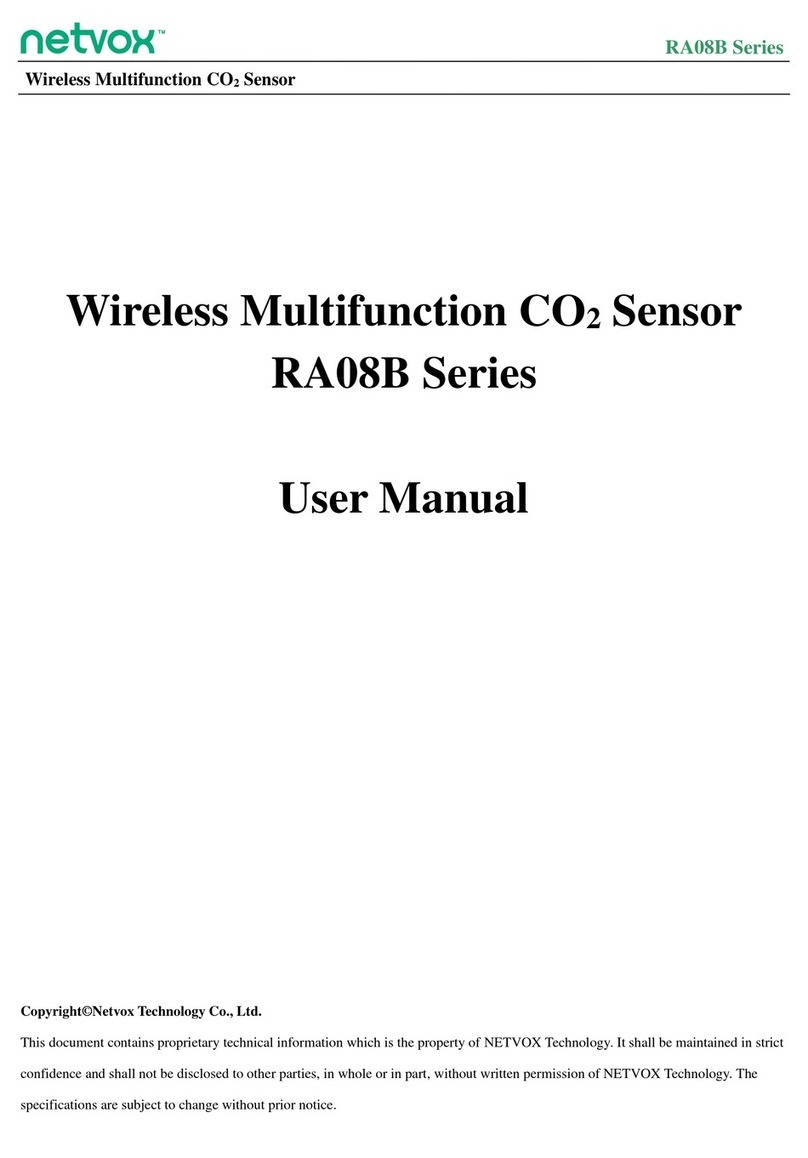
netvox
netvox RA08B Series User manual
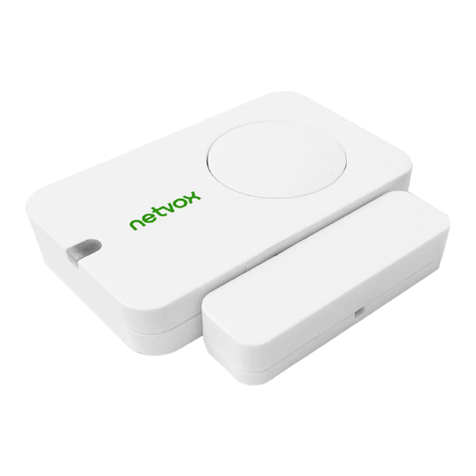
netvox
netvox R313A User manual
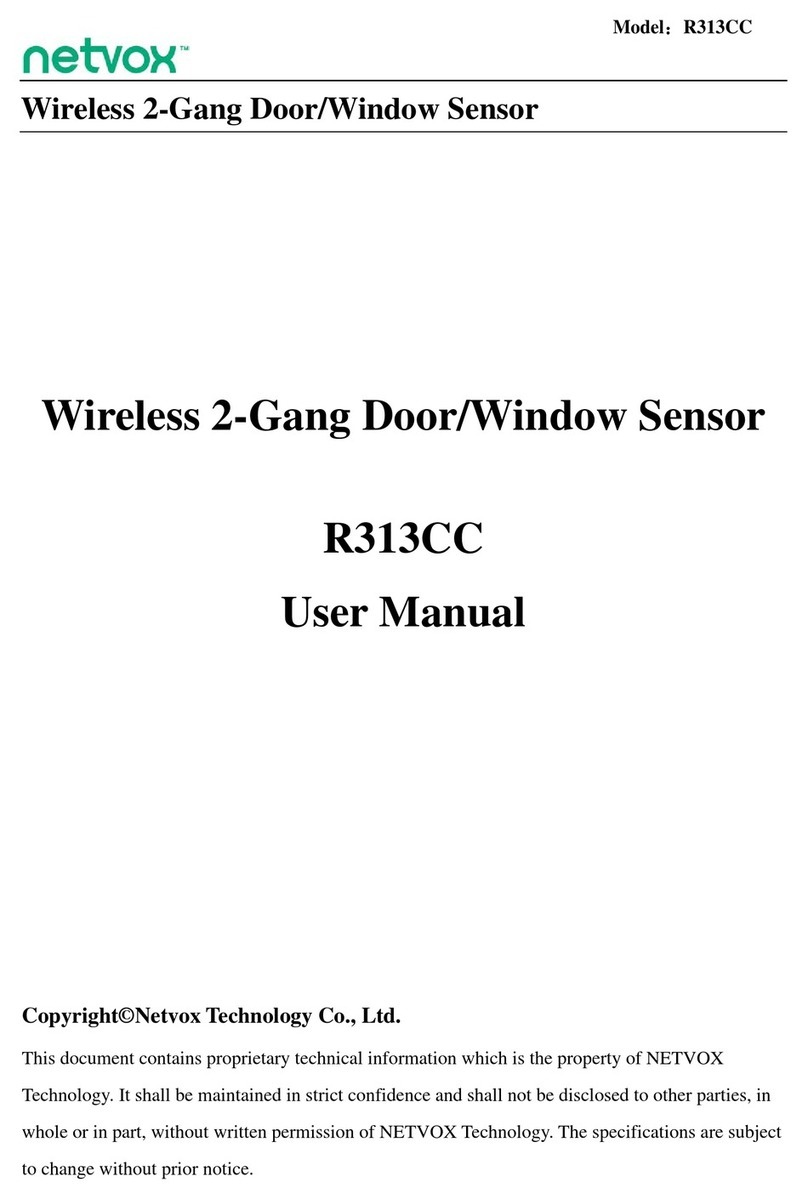
netvox
netvox R313CC User manual
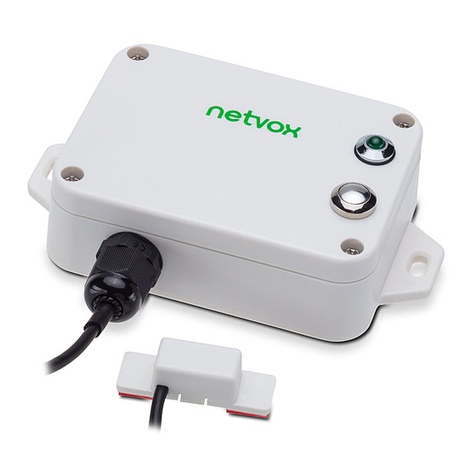
netvox
netvox R718WA User manual
